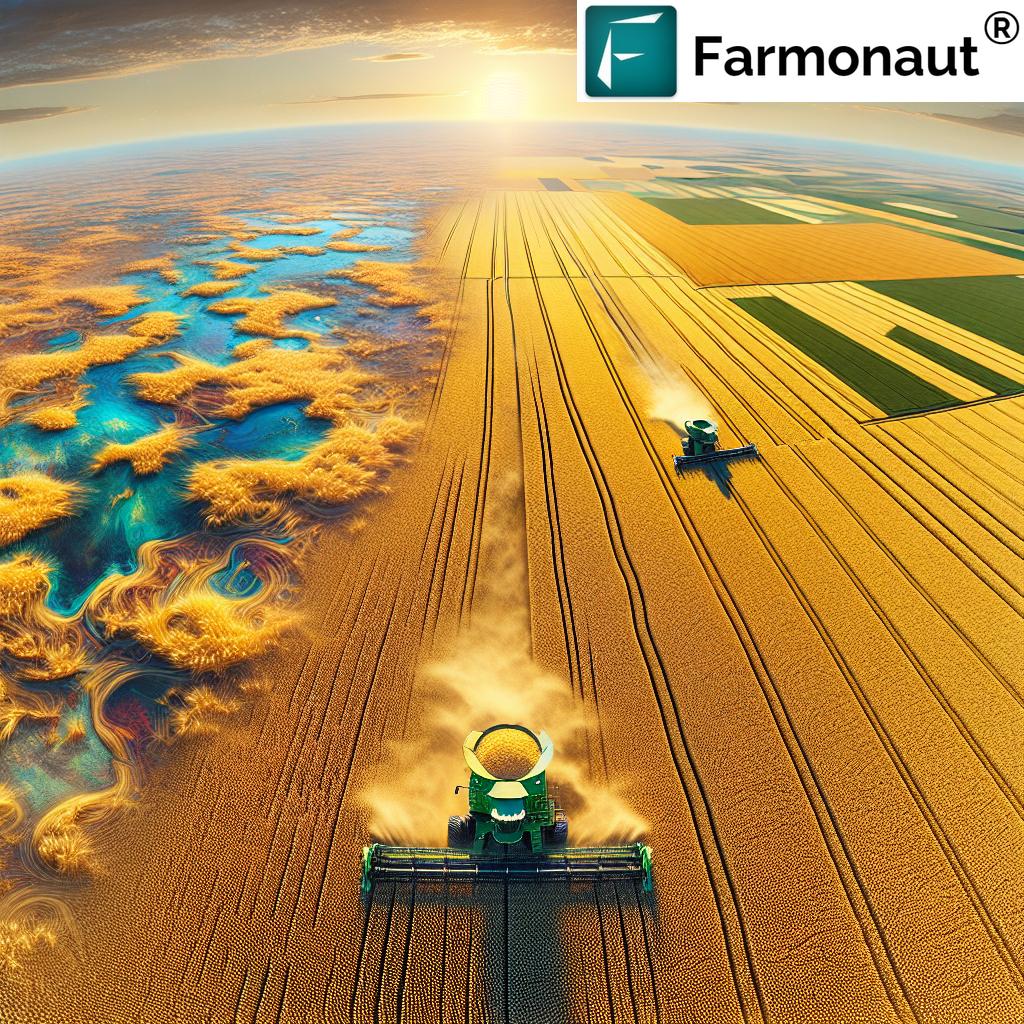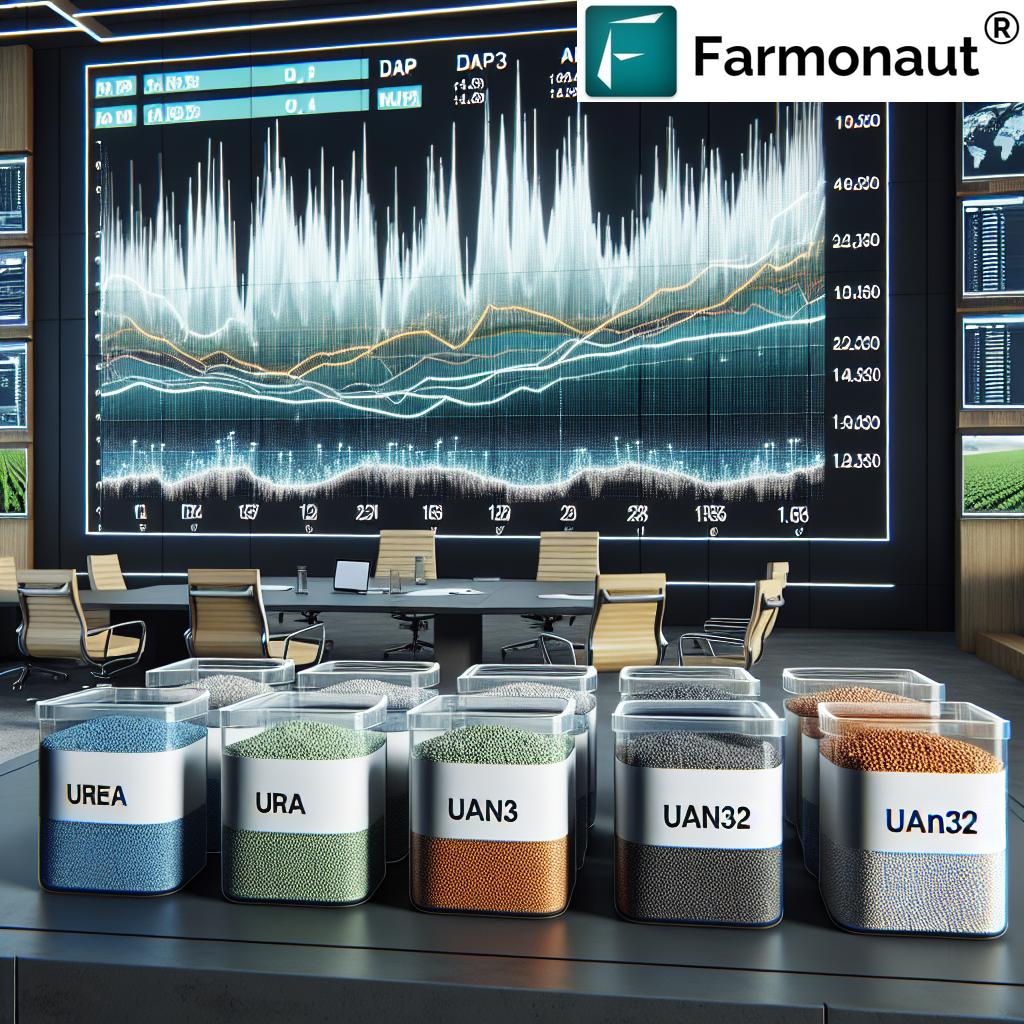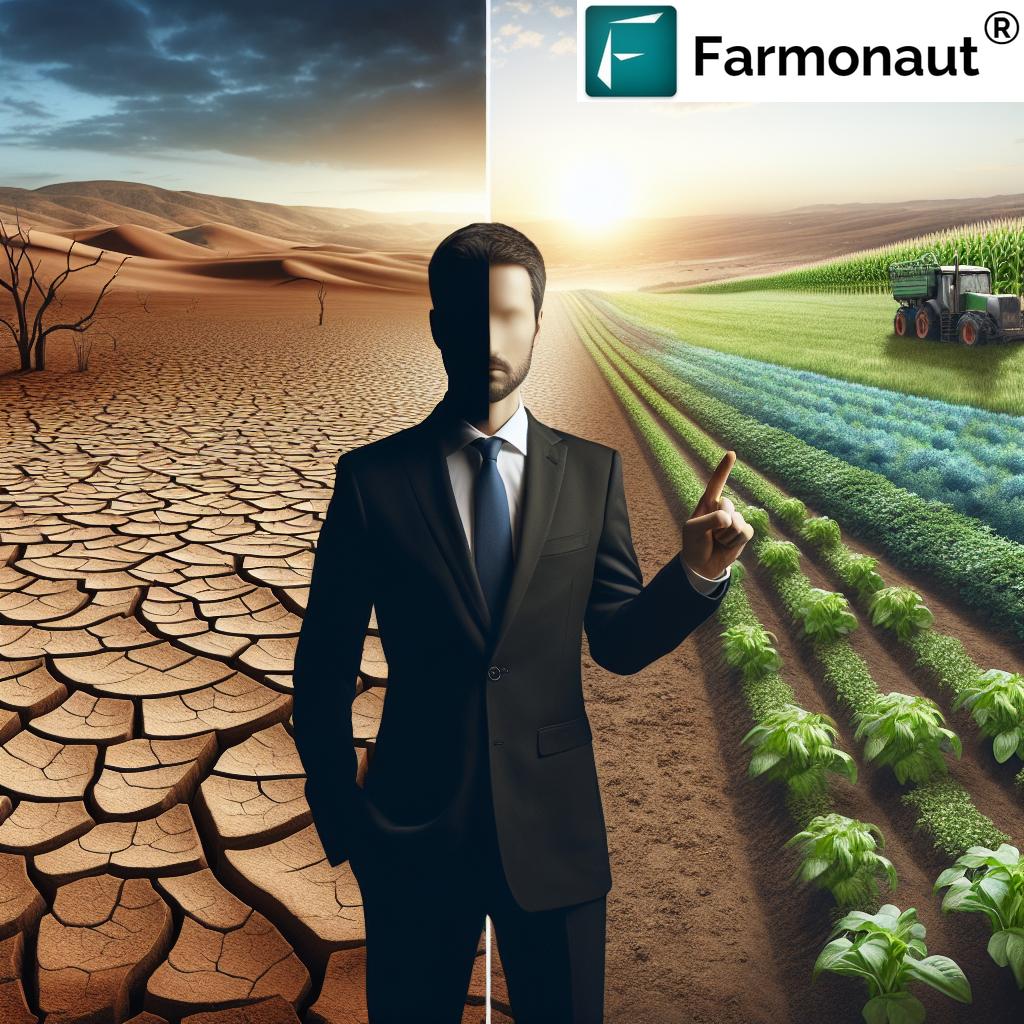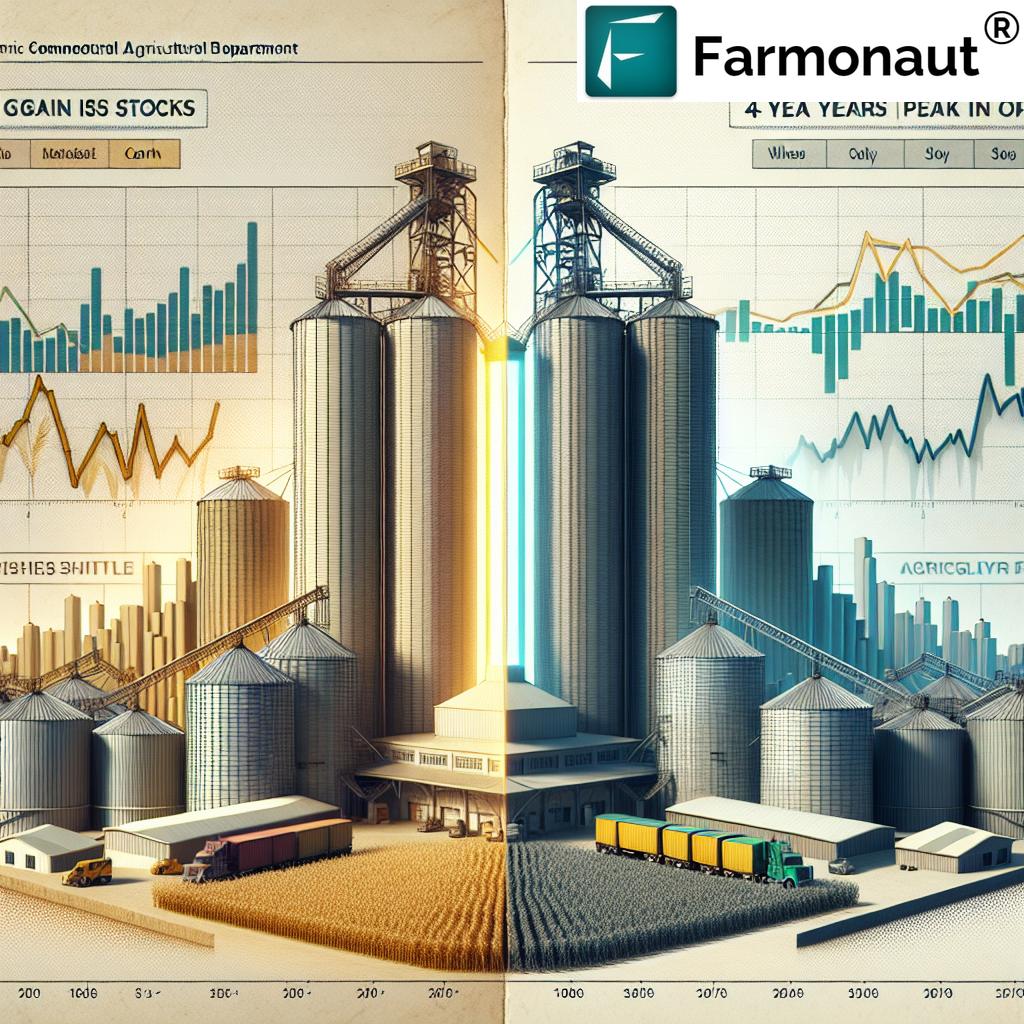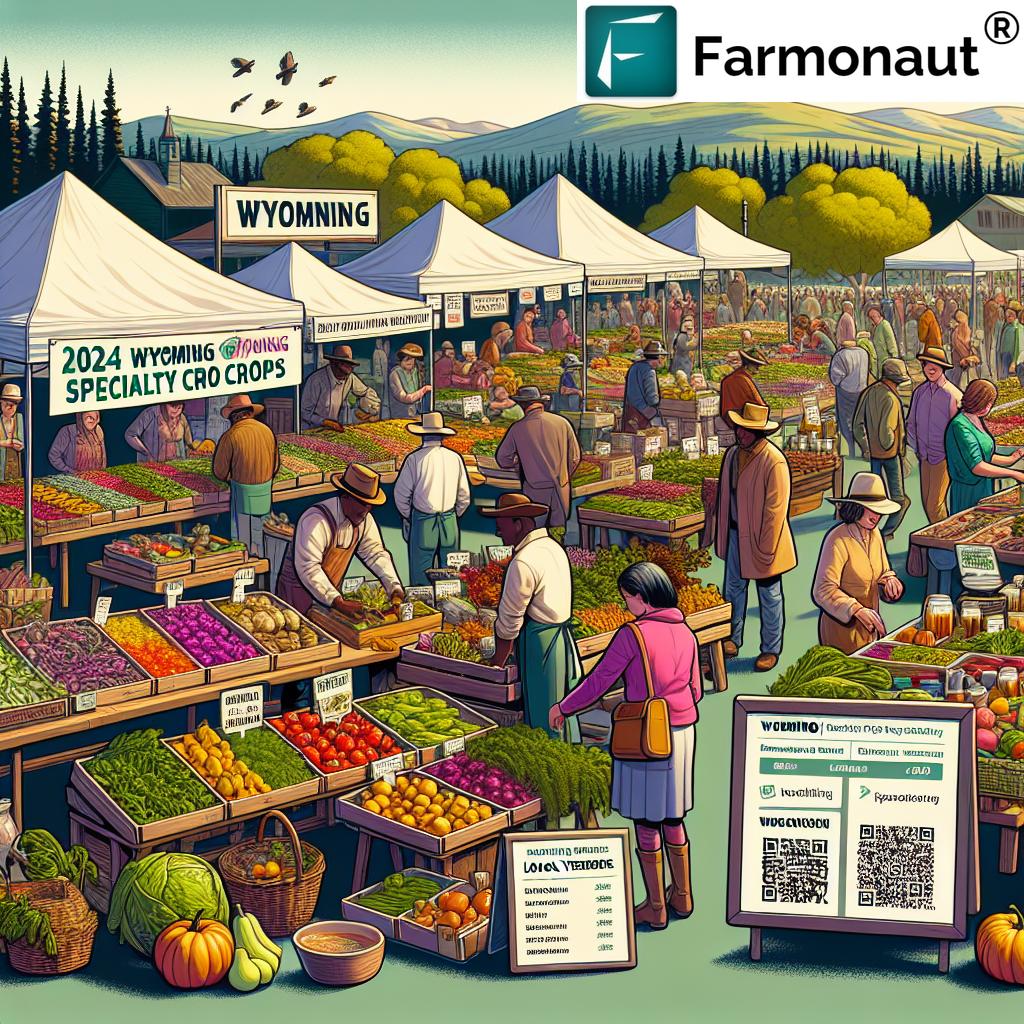2025 Wheat Harvest: Global Challenges & Innovations
“Over 770 million tons of wheat are projected for the 2025 global harvest, despite increasing climate-related challenges.”
The 2025 Wheat Harvest: Global Perspectives and Agricultural Implications
The 2025 wheat harvest stands at a transformative crossroads, shaped by complex challenges and remarkable innovations. Wheat, as one of the world’s most integral staple crops, is experiencing outcomes influenced by a confluence of climatic events, persistent geopolitical tensions, and a surge in technological advancements within agriculture.
This comprehensive exploration examines the global wheat production outlook, with deep dives into regional variations, harvest conditions, and the evolving nature of wheat cultivation in the face of mounting environmental and economic implications. We will discuss the latest data, outline wheat farming challenges, assess the impact of climate change on wheat production, and demonstrate how sustainable wheat cultivation practices and new technology are reshaping the future of our food security.
“Precision agriculture could boost wheat yields by up to 20% in 2025, supporting sustainable food security worldwide.”
Global Wheat Production Outlook: Key Trends & Forecast for 2025
Wheat production remains a bellwether for global food security. According to the latest figures, global wheat production in 2023 stood at 799 million tonnes. The world’s top producers — China, India, and Russia — accounted for over 42% of this total, cementing their critical roles in both supply and pricing.
- 2025 projections suggest a minor increase in total output, but this is shadowed by growing environmental factors and risks such as drought, delayed sowing, and political instabilities in several key regions.
- The Black Sea region — incorporating both Russia and Ukraine — remains pivotal, providing almost 30% of all wheat exports globally.
- Harvests in the United States are showing signs of recovery in 2025, but financial challenges persist due to recent price drops and input cost inflation.
The 2025 wheat harvest underscores the need for adaptability in wheat farming, innovative use of new systems, and international cooperation in managing both natural and economic unpredictability.
Regional Perspectives: Wheat Harvests & Challenges in 2025
Examining regional variations allows us to better understand the intricacies behind global wheat production. Let’s break down the 2025 landscape for key players in wheat cultivation:
United States: A Year of Recovery — But Slowed Progress
-
The United States has seen a substantial recovery in its winter wheat crop for 2025, with
54% of the crop rated “good” or “excellent” by the USDA in June 2025, the strongest early June rating since 2019. -
However, excessive rainfall in key states like Oklahoma and Kansas stalled
harvesting progress; only 4% of winter wheat had been harvested by early June, well below the average.
Ukraine: Sowing Expansion vs. Weather Challenges
-
Ukraine’s 2025 wheat crop is anticipated to increase to about 25 million metric tons
(from 22 million tons in 2024) thanks to a larger sowing area. -
Major wheat farming challenges included an abnormally warm winter followed by significant rains, leading to
delayed sowing and concerns about crop health.
Russia: Drought Threatens Wheat Output
- Russia’s wheat sowing has faced severe drought conditions across key agricultural areas.
-
As a consequence, wheat sowing rates dropped to an 11-year low, with analysts warning about the potential reduction in 2025 grain harvests.
This directly affects Russia’s standing as the world’s top wheat exporter and impacts
global wheat supply and food security.
China & India: Leading Producers Facing Growing Environmental Pressures
-
Both China and India are responsible for around 35% of the global output, with production
outlooks stable but increasingly threatened by climate change patterns such as erratic monsoons, increasing drought frequency, and heatwaves. -
Continued investments in technological advancements, development of heat-resistant cultivars, and enhanced
water management practices remain priorities.
European Union: Sustainability & Innovation in Focus
-
The EU integrates cutting-edge agricultural technology, actively adopting
precision farming platforms and biological solutions. -
Persistent threats include seasonal droughts and localized flooding, making
resilient crop management essential.
Australia: Tackling Drought and Enhancing Sustainability
- Australia saw near-record outputs in 2022/23, but is contending with increasingly erratic rainfall and soil erosion risks.
- Regenerative agriculture, drone use, and reduced tillage headline sustainability efforts.
Comparative Overview Table: 2025 Wheat Harvest by Region
| Region/Country | Estimated 2025 Wheat Output (million tonnes) | Major Technologies Adopted | Notable Climate Challenges | Sustainable Practices Implemented |
|---|---|---|---|---|
| USA | 48–50 | Precision agriculture, AI analytics, satellite monitoring | Heavy rainfall (Oklahoma, Kansas), heatwaves | Reduced chemical use, soil carbon management |
| European Union | 128–130 | Sensor-driven systems, biological pest management | Drought, localized flooding | Regenerative practices, conservation tillage |
| China | 136–137 | Smart irrigation, drone-based monitoring | Heat stress, desertification | Water-use efficiency, crop rotation |
| India | 105–106 | Mobile advisory, micro-irrigation | Heatwaves, erratic monsoons | Field bunding, organic input trials |
| Russia | 81–82 | Yield mapping, remote sensing | Drought, late sowing | Minimal tillage, targeted fertilization |
| Australia | 26–28 | Drone scouting, digital inputs tracking | Drought, soil erosion | Cover cropping, no-till systems |
Technological Advancements in Wheat Cultivation: Innovation Defining the Future
The 2025 wheat harvest is being profoundly shaped by technological advancements in agriculture. Once driven solely by tradition and seasons, the wheat field is now increasingly informed by sensors, satellites, and artificial intelligence. Here’s a look at the prevailing breakthrough technologies:
1. Precision Agriculture: Redefining Wheat Farming Efficiency
- With precision farming, tools like drones, satellite imaging, and GPS-guided tractors enable farmers to monitor crop health, detect nutrient deficiencies, and spot pest issues far earlier than traditional methods allow.
- This “smart” data is used to apply inputs — such as water, fertilizer, and herbicide — only where needed, drastically reducing use, lowering costs, and increasing output rates.
- Example: Adopting multispectral satellite imagery, as available on platforms like Farmonaut, can reveal subtle crop stress, enabling preemptive actions and optimizing yield.
2. Artificial Intelligence in Decision-Making
-
AI-driven analytics are now fundamental for analyzing vast datasets, forecasting yield predictions, and
making tailored recommendations for each farming system. -
This not only improves efficiency and productivity but helps farmers plan for
climate variability, such as anticipating when drought or excessive rainfall may hit a crop cycle.
3. Autonomous Machinery & Robotics
- Self-driving tractors and harvesters are now reality, with benefits including lower labor costs and precisely controlled sowing, fertilization, and even weed control.
- Innovations like robotic weeders using computer vision can cut herbicide inputs by over 90%—a major stride towards sustainable wheat cultivation practices.
4. Digital Farm Management Platforms
- Integrated apps and cloud-based systems deliver real-time advisories for farmers, enabling more responsive and data-driven wheat farming decisions, be it on a smartphone or web browser.
- These platforms encourage traceability — an essential offering from Farmonaut — ensuring every step from field to supply chain is transparent.
5. Blockchain & Traceability in Wheat Supply Chains
- Blockchain-enabled systems process and secure field data, making it virtually impossible to manipulate harvest records, varietal origin, or logistics information.
- For wheat buyers and end consumers, this enhances trust, combats fraud, and promotes fair pricing along the supply chain.
6. API & Open Data Integration
- Modern farm applications are increasingly interconnected. For example, Farmonaut’s API (see our API offering) enables seamless integration of remote sensing, weather, and crop health data, supporting R&D, government policy, and digital insurance services.
- Developers can explore integration options with detailed developer documentation to create custom agriculture solutions.
Impact of Climate Change on Wheat: Harvests in a Warmer, Unpredictable World
Climate change is now the most significant risk factor for wheat farming globally.
The 2025 season is marked by rising temperatures, erratic rainfall patterns,
and more frequent droughts, all directly impacting grain yields and crop reliability.
-
Temperature Spikes: Prolonged heat during sensitive growth periods like flowering can shrink yields by
damaging pollen development and reducing kernel size. -
Water Stress & Drought: As seen in Russia and Australia, prolonged dry spells
limit wheat sowing rates. This not only reduces total harvests but threatens farmer livelihoods and
regional food security. -
Unpredictable Weather Patterns: Fluctuating rainfalls—abundant one month, absent the next—hinder planning and
increase the risk of both under- and over-supply.
Drought impact on grain harvests is already visible in the Black Sea region, sending
shockwaves throughout wheat markets and raising concerns over global supply chains into 2026.
Adaptive Solutions: Innovations Addressing Climate Challenges
- Research into drought, heat, and disease-resistant wheat varieties is accelerating, aiming to stabilize harvests under shifting conditions.
- Satellite-based monitoring platforms (such as Farmonaut’s large scale farm management toolbox) help monitor the effects of climate in near real time, enabling proactive interventions on thousands of hectares.
Economic Implications: Wheat Prices 2025, Global Trade, and Food Security
The 2025 wheat harvest is not only about tonnage — it closely tracks market prices, trade flows, and ultimately wheat supply and food security for billions of people:
-
Wheat Prices 2025: In the US, market prices tumbled to five-year lows, undermining farmers’
profit margins and discouraging long-term wheat cultivation in some states. - Global Trade Dynamics: Reduced output or export bans in either Russia or Ukraine can tighten worldwide supply, impacting millions, especially in import-reliant regions of Africa and Asia.
-
Crop Loan & Insurance Services: Modern satellite-based verification, such as
Farmonaut’s crop loan and insurance offering, helps financial institutions provide fairer assessments, reduce fraud, and mitigate risk in the face of volatile harvests. - Rising Input Costs: Global fertilizer and energy market volatility hit wheat farming especially hard in 2023–2025, reinforcing the need for efficient resource use and advanced planning tools.
- Food Security: Tight global wheat supply could see ripple effects through 2026, making sustainable yield improvement and waste reduction paramount.
Sustainable Wheat Cultivation: Practices and Future Directions
In the face of environmental and economic challenges, the global move towards sustainable wheat cultivation practices is accelerating. Here’s how the sector is evolving:
Biological Solutions and Input Efficiency
- Use of biostimulants (such as beneficial microbes or plant-based extracts) offers a way to reduce chemical dependency and grant crops better resistance to drought, heat, and diseases.
- Precision application systems significantly reduce inputs (fertilizers, water, pesticides) while maintaining or increasing output and improving soil health.
Carbon Footprint and Climate-Smart Agriculture
- Many large-scale operations now rely on carbon footprint tracking tools. These monitor field emissions in real time, identify inefficiencies, and allow benchmarking against peers or regulatory standards.
- Practices such as conservation tillage, cover cropping, and field border management are becoming mainstream due to their dual benefits for the environment and cost reduction.
Research & Development for Resilience
- R&D continues to focus on breeding climate-adaptive, disease-tolerant, and high-yielding wheat cultivars.
- Government agencies and NGOs use remote sensing tools to identify regional risks and direct support where most needed.
Traceability and Transparency in Supply Chains
- Consumers and food companies demand to know the provenance of wheat-based goods, spurring the adoption of blockchain-based tracing.
- Platforms that offer traceability and compliance reporting are positioned at the forefront of this trend.
Farmonaut’s Role: Satellite Technology & Precision in the 2025 Wheat Harvest
As the agricultural sector transforms, Farmonaut is committed to making precision agriculture and advanced digital solutions accessible to farms of all sizes and capacities.
- Satellite-Based Crop Health Monitoring: We provide farmers with real-time field data — including NDVI (Normalized Difference Vegetation Index), soil moisture, and canopy cover — directly on their mobile or web dashboard. This empowers farmers to monitor every hectare for early signs of stress or disease, ultimately securing more consistent wheat harvests.
- AI-Based Advisory: Our Jeevn AI advisory system gives tailored crop management recommendations, considering both local climatic conditions and global trends. This helps optimize operations regardless of regional variability and unpredictable environmental factors.
- Blockchain-Powered Traceability: Farmonaut’s platform records every action, from sowing to harvest, securely and transparently, building valuable trust in wheat supply chains.
-
Resource & Fleet Management: Through digital tracking, agribusinesses and farm managers can optimize the use of machinery, inputs, and labor — reducing emissions, lowering costs, and boosting the
efficiency of fleet management. -
Carbon Mitigation Tools: Tracking carbon emissions at farm and cooperative levels supports compliance with global food sustainability protocols, while also providing a competitive edge in
environmental transparency.
By integrating all of these capabilities, Farmonaut stands at the intersection of tradition and modernity—a partner in guiding the global wheat industry through the complex landscape of 2025 and beyond.
Explore Farmonaut: Apps, API & Services for Modern Wheat Farming
Our suite of services is purpose-built for growers, agribusinesses, researchers, and even policymakers interested in driving
sustainability and yield improvements within wheat cultivation:
- Mobile & Web Apps: Monitor, manage, and analyze farm data anywhere, anytime — without expensive in-field hardware investments.
- API Access: Developers and large-scale users can embed live crop, weather, and resource analytics into their own systems.
- Crop Health Monitoring: Identify issues early and optimize harvest timing across diverse geographies (learn more on the large scale farm management page).
- Blockchain-Based Product Traceability: Achieve transparent, consumer-facing supply chains, verified at every stage.
- Insurance & Loan Verifications: Financial institutions and cooperatives can streamline risk management using
remote verification.
Frequently Asked Questions: 2025 Wheat Harvest & Innovations
1. What are the biggest challenges facing the 2025 wheat harvest globally?
The foremost wheat farming challenges for 2025 include climate change (especially drought and temperature
spikes), supply chain disruptions caused by geopolitical tensions (notably in Russia and Ukraine), volatility in input
costs, and an urgent demand for more sustainable, data-driven farming methods.
2. How is technology improving wheat crop yields in 2025?
Technological advancements in agriculture — satellite imaging, AI-based analytics, and precision application tools —
help farmers and cooperatives identify problems before they damage yield, optimize input use, and better manage resources
such as water and fertilizer. Studies show precision ag could boost wheat yield by up to 20%.
3. How does climate change impact wheat production and wheat prices 2025?
The impact of climate change on wheat ranges from drought-induced crop failures to unpredictable rain events,
which together reduce supply and drive market price volatility. A poor harvest in a key export region can cause
significant wheat prices 2025 fluctuations globally.
4. What sustainable practices are most effective for wheat cultivation?
Strategies include using biological inputs (biostimulants, organic fertilizers), reducing tillage, planting cover crops,
improving water management, and tracking on-farm carbon footprints. All contribute to the longevity, profitability, and
environmental responsibility of wheat farming.
5. Can digital platforms really help small and medium wheat farmers?
Yes. Platforms like Farmonaut lower the cost and knowledge barriers to precision agriculture. Through satellite
monitoring, AI-driven advisory systems, and web-mobile apps, even small-scale wheat farmers can now access real-time data
and tools that were once available only to the biggest agribusinesses.
6. Where can I learn more about Farmonaut’s digital agriculture services?
Visit our main website, download our mobile or web apps (see above), or explore our developer and carbon footprinting documentation for comprehensive details.
Conclusion: Global Perspectives on the 2025 Wheat Harvest & Its Implications
The 2025 wheat harvest showcases the striking interplay between environmental challenges, economic
pressures, and technological innovation in agriculture today. Climate change and supply disruptions
threaten the stability of this integral staple crop, while advancements in digital and biological solutions offer hope for
greater efficiency and resilience.
As a new era of wheat farming emerges — defined by big data, sustainability mandates, and responsible
stewardship — our collective food security will depend on how rapidly and effectively the industry can
integrate these innovations, share knowledge across regions, and adapt to the unexpected.
For those invested in the future of food, Farmonaut offers a scalable, affordable gateway to
precision agriculture, resource management, traceability, and climate-smart decision-making. The coming years demand both
vigilance and vision — and we remain committed to supporting farmers, agribusinesses, and researchers as partners on this
vital journey.


